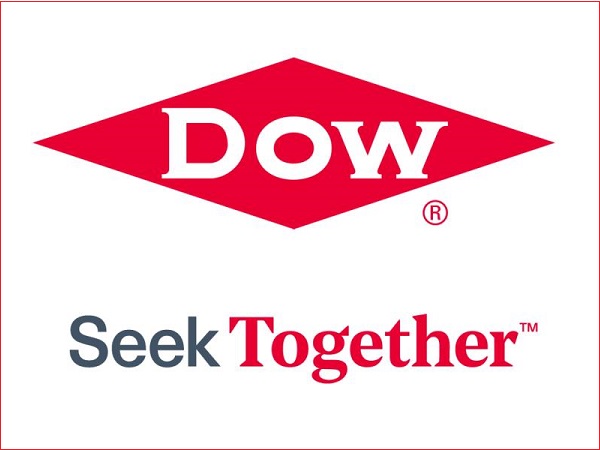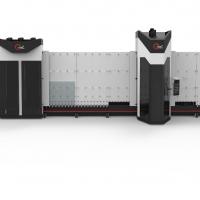Date: 16 March 2002
Developed to remove and dissipate heat away from electronic devices, the new products -- Dow Corning(R) 3-6751 and Dow Corning(R) 3-6752 Thermally Conductive Adhesives, and Dow Corning(R) 3-6651 Thermally Conductive Elastomer -- can be used for various applications, including bonding and gap fill.
Currently available, the products provide varied levels of thermal conductivity, excellent stress relief, and stable physical and electrical properties over a wide temperature range.
Dow Corning 3-6751 and 3-6752 are heat-curable adhesives. Typical uses include bonding hybrid circuit substrates and power semiconductor components to heat sinks as well as other bonding applications where flexibility and thermal conductivity are concerns.
Dow Corning 3-6751 is a two-part, low-viscosity, non-corrosive formulation that cures with no by-product. Designed to offer lower modulus than typical silicone adhesives, it is suitable for applications where stress minimization and adhesion are important. It also can be used in potting and encapsulation processes to maintain good interfacial contacts and reduce interfacial heat flow resistance.
Dow Corning 3-6752 is a one-part formulation and cures to form a flexible elastomer. It is developed for use in applications that require high thermal conductivity from a primerless adhesive.
Dow Corning 3-6651 is a two-part heat-curable elastomer suitable for applications that require a low-modulus gap-fill material. Low viscosity and good thermal conductivity make the material ideal for the potting and encapsulating of power supplies, power converters and similar applications where heat dissipation is critical.
The need for thermally conductive materials increases as the electronics industry continues on its path to miniaturization and higher power consumption. Smaller devices and components with higher processing speeds generate more heat, which can cause failures in semiconductor connections. In order to deliver the same performance in a smaller, lighter package, manufacturers are introducing thermal management into design considerations.
The new products offer the performance features required to protect ever- smaller electronic components while providing flexible and low-stress protection.
"Dow Corning's aim is to develop thermally conductive materials that not only reflect what customers want to do today, but also greatly expands design possibilities for the future," said Jeroen Bloemhard, global marketing manager for conductive materials, Dow Corning Electronics. "With the new products and the entire product line, Dow Corning has an opportunity to deliver outstanding value to its customers."








Add new comment